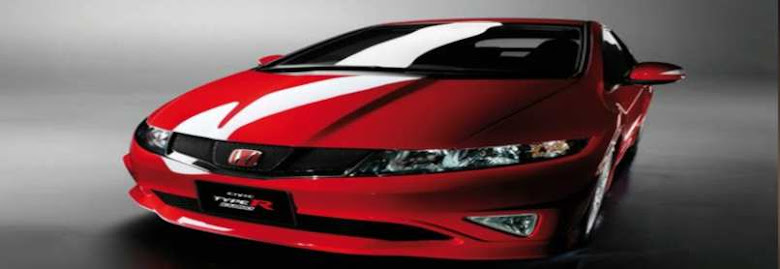
Porsche could easily have made this car better looking by sacrificing rear passenger room. Apparently one of the higher ups insisted that he should fit comfortably in the back with plenty of headroom and he is well over 6 feet tall. If they had been able to lower the rear roof line by just a few inches it would have dramatically reduced that bloated look this car has.
That said, it is not nearly as bad as I had feared. An interesting thing happens with polarizing designs when they perform fantastically. Suddenly they start to look better. Porsche I think has done the right thing by sticking with function first and then shape the form around it. This car may not always stir everone’s soul with its look. But it will be hard not to respect what it is capable of.
I am curious if there is a “Ring” time for this beast yetPerformance from the startA lot of this has been designed in from the outset. Porsche has two major advantages over other high-performance four-door makers. Firstly, it started from a clean sheet of paper and, secondly, it didn’t have to design the chassis for the fiscal and engineering restraints of high-volume commercial success. (It could also be argued that Porsche had these advantages at their fingertips when they did the Cayenne, too, but it was a modification of a VW design and Porsche was out to make cash, not redefine a segment.)
Firstly, it decided interior size was a priority, which ruled out aluminum for the chassis. Aluminum, Porsche’s gurus explained, needed thicker sections in things like the pillars and the floor sills, which rob the occupants of room. Instead, Porsche has used its status as a Krupp Steel center-of-excellence and went for a high-strength steel cabin and attached everything to it by aluminum or magnesium subframes and cradles.
Still, Porsche has used its steel a little like a race car, with a strong steel center, with almost everything at either end of it bolted or bonded on is aluminum. Around 44 percent of the Panamera ends up being aluminum, such as the panels and some of its most significant suspension parts are incredibly light. For example, the entire rear subframe is just 44 lbs., around half the weight of a steel version.
While 3,894 lbs for the base Panamera S rear-drive V8 might not sound light, it’s about the same as Jaguar’s all-aluminium XJ sedan – and, at five meters, it’s physically about as big.
But that’s just the start of the explanations. Normal all-wheel drive vehicles have a center differential, a shaft leading forward to a differential. From there, they normally have driveshafts running underneath, in front of or behind the engine to turn the front wheels. With the Panamera’s bosses demanding it sit low, the Panamera needed some engineering tricks. It got them.
That said, it is not nearly as bad as I had feared. An interesting thing happens with polarizing designs when they perform fantastically. Suddenly they start to look better. Porsche I think has done the right thing by sticking with function first and then shape the form around it. This car may not always stir everone’s soul with its look. But it will be hard not to respect what it is capable of.
I am curious if there is a “Ring” time for this beast yetPerformance from the startA lot of this has been designed in from the outset. Porsche has two major advantages over other high-performance four-door makers. Firstly, it started from a clean sheet of paper and, secondly, it didn’t have to design the chassis for the fiscal and engineering restraints of high-volume commercial success. (It could also be argued that Porsche had these advantages at their fingertips when they did the Cayenne, too, but it was a modification of a VW design and Porsche was out to make cash, not redefine a segment.)
Firstly, it decided interior size was a priority, which ruled out aluminum for the chassis. Aluminum, Porsche’s gurus explained, needed thicker sections in things like the pillars and the floor sills, which rob the occupants of room. Instead, Porsche has used its status as a Krupp Steel center-of-excellence and went for a high-strength steel cabin and attached everything to it by aluminum or magnesium subframes and cradles.
Still, Porsche has used its steel a little like a race car, with a strong steel center, with almost everything at either end of it bolted or bonded on is aluminum. Around 44 percent of the Panamera ends up being aluminum, such as the panels and some of its most significant suspension parts are incredibly light. For example, the entire rear subframe is just 44 lbs., around half the weight of a steel version.
While 3,894 lbs for the base Panamera S rear-drive V8 might not sound light, it’s about the same as Jaguar’s all-aluminium XJ sedan – and, at five meters, it’s physically about as big.
But that’s just the start of the explanations. Normal all-wheel drive vehicles have a center differential, a shaft leading forward to a differential. From there, they normally have driveshafts running underneath, in front of or behind the engine to turn the front wheels. With the Panamera’s bosses demanding it sit low, the Panamera needed some engineering tricks. It got them.










